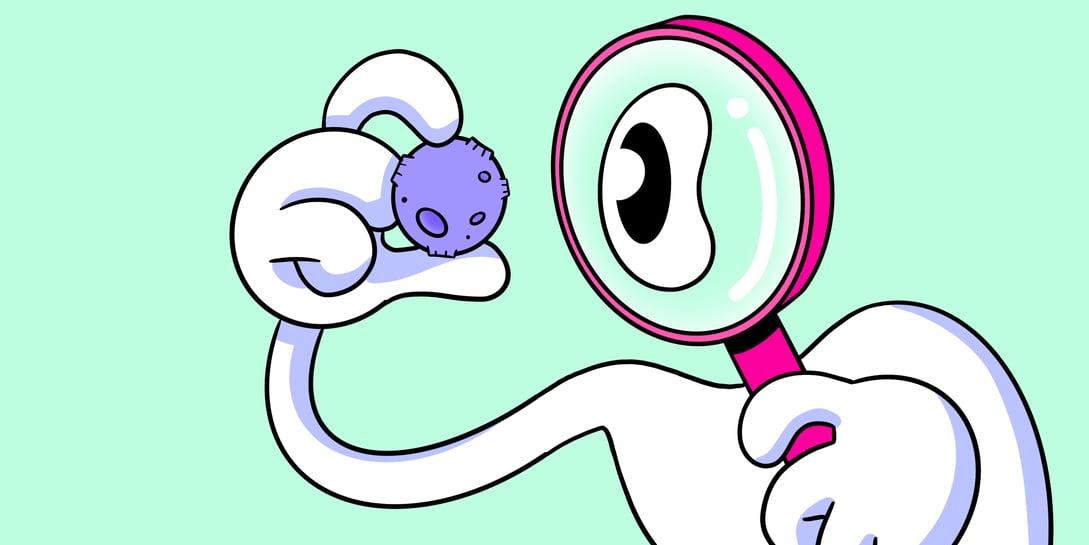When businesses first start with one or two founders, it’s fairly simple to share information, talk to customers, and understand the problem you’re trying to fix. But as businesses grow and add more people, there is a disconnect that forms between the company and its customers. The voice of the customer sometimes gets lost in a game of “telephone.”
To add a layer of complexity to this game of “telephone,” customer behavior can change dramatically in a short amount of time. So, it’s important not only to share what customers are saying but also to do it fast. That is why we believe companies that collect, share, and act upon customer feedback and insights the fastest are in a position to win.
This article will provide an overview of the customer gap, and how you can get closer to your customers. Here’s a short summary of what you will learn in this article:
- Start Simple, Stay Connected: As your business grows, don’t lose sight of the importance of connecting with your customers. Keep communication clear and consistent to maintain that founder-customer connection.
- Feedback is Growth Fuel: Treat customer feedback as your secret weapon. Swiftly collect insights, turn them into actionable plans, and execute with finesse.
- Speed Wins the Race: Customer behavior shifts rapidly. Stay agile and adapt quickly to changing preferences. The quicker you adjust, the closer you’ll be to winning the race for customer loyalty.
What is the customer gap?
The customer gap is the distance feedback needs to travel to reach key decision-makers within a company. The more layers that customer feedback and insights must travel through, the wider the customer gap.
Luke Wroblewki summarized it best: “Let’s call it the company and customer gap, or the distance between an organization and its end users. Leadership now has many levels between it and the customer, making awareness and insights more difficult to come by.”. Check out the full video here:

Examples of the Customer Gap
Here are some of my favorite customer gap fails:
1. Honda

While Honda was trying to promote the value of their new magic slide 2nd-row seats, one cannot help but think of dismemberment. If only they had tested that headline with an audience…
If you’re worried your advertisements are confusing your buyers (or damaging your brand), use this Positioning Strategy Template on your next test.
2. Pampers

The iconic diaper brand makes a premium product. But it should not be used to poke babies in the eye. And please, for the love of God, do not include diapers in your baby’s diet. A quick test of this packaging with an audience would likely reveal this design oversight.
3. Sheets Energy Strips

Either this marketer made a huge mistake, or they are a genius. Either way, it was a risky move and the copy should have been tested with an audience to gauge the reaction.
Who is responsible for closing the customer gap?
But you might be asking yourself, who is responsible for closing the customer gap? User researchers are in a good position to surface these problems. But as we see in Luke’s example above, there are two issues with this role in most teams:
- Influence on project scope: If a researcher waits to find the usability problem at the end of a project, the influence required to reframe the project is outside their decision-making.
- Fear of being forgotten: If a researcher provides market research upfront in the project, there is no guarantee that the team will continue to see or address these problems as they iterate on their work.
Researchers, however, are not the only role within an organization equipped to collect and synthesize audience data. People who create (marketing, product, design) are arguably in the best position to collect audience feedback because they are the ones who can act upon the insights. We like to call these people “makers” and “doers”.
In order to do so, these “makers” and “doers” can’t afford to slow down. They have backlogs of ideas and features to execute. The irony, though, is that skimping on research can set you down a time-consuming path. If you go too far, you end up wasting precious time and resources.
How do you close the company-customer gap?
If you want someone on your team to contribute to closing the customer gap, where do you begin? Instead of research being treated as a big, cumbersome project, it must be decentralized and woven into daily and weekly workflows. We call this “continuous research” and it can be done.
Continuous research allows makers and doers to use customer feedback in their product design and marketing workflows. This way, audience feedback is used to inform creative decisions, closing the company-customer gap.
Quick Surveys
You don’t need to develop a complex survey with branching logic and dozens of questions. As an alternative, you can send a single question to an audience to get quick feedback that you can act on quickly.
If you worked hard to create an engaged social media following, you could ask your audience for feedback or look at data analytics. Or, you can use Helio’s 1,000+ audiences ready to answer your questions. The best part? You can ask follow-up questions with individual respondents for clarity and deeper probing.
Customer Interviews
Customer interviews are an important qualitative research method. They allow you to uncover a deeper understanding of buyer behavior, their emotions, and the moments that trigger them to embark on a customer decision journey. Because these are typically done in a live setting, interviewers have the ability to ask follow-up questions and dig deeper into specific responses.
Customer interviews don’t need to be done in big batches. Instead, do 2-3 each month and spread them out. Make them a regular part of your weekly workflows.
A/B Tests
Test two image variations with an audience. You can do this on social media, with an email list, or you can get pointed feedback from an audience in Helio. Incorporating A/B tests into your product and marketing decisions gives you empirical evidence to support your ideas and move them forward.
Subscribe to Helio’s Closing the Gap Newsletter
A few times each month, we explore concepts, frameworks, and case studies to help you get closer to your customers. Subscribe today.
Work with the Audience Research Experts
Helio is a powerful audience research platform, but we also offer services to help with your market research, design strategy, or UX research needs. Work with a Helio Advocate on-demand, set up a continuous research system, or work with Helio as your outsourced research department.



